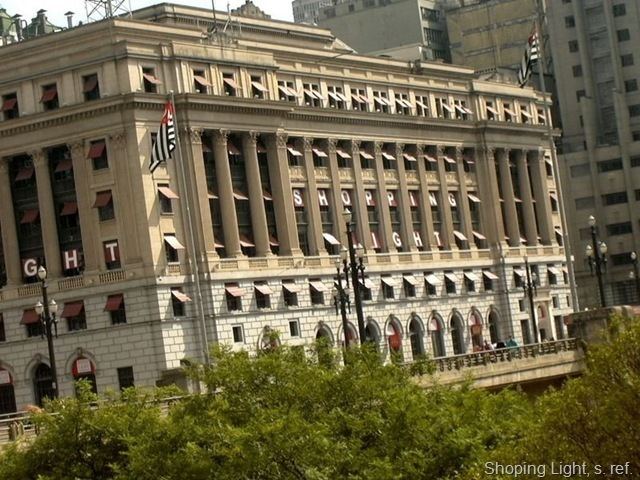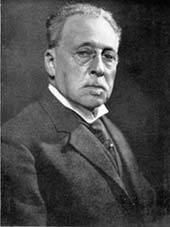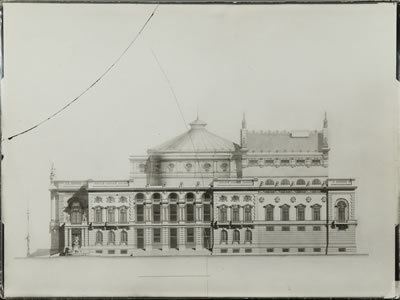Name Ramos Azevedo | Role Architect | |
 | ||
Born 8 December 1851 (age 36), Sao Paulo, Brazil Occupation Architectengineerprofessor Structures Pinacoteca do Estado de Sao Paulo Died 13 June 1928 (aged 36), Santos, São Paulo, Brazil Design Eclecticism, Art Nouveau, Art Deco Similar Clara Ant, João Filgueiras Lima, Anna Maria Niemeyer Nationality Brazilian | ||
Ramos de azevedo vida e obra clipe 1
Francisco de Paula Ramos de Azevedo (8 December 1851 — 13 June 1928) was a Brazilian architect, known for designing various buildings and landmarks in São Paulo, such as the Teatro Municipal, the Mercado Municipal and the Pinacoteca. He was one of the founders and director of the University of São Paulo's Polytechnical School.
Contents
- Ramos de azevedo vida e obra clipe 1
- Obras do arquiteto ramos de azevedo em s o paulo
- Biography
- List of notable projects
- References

Obras do arquiteto ramos de azevedo em s o paulo
Biography

Ramos de Azevedo was born in São Paulo, from a wealthy family coming from Campinas. In 1878, he went to Ghent, Belgium, to study civil engineering at the École Speciale du Génie Civil et des Arts et Manufactures. According to his biographers, however, it is said that the director of the School of Architecture course was surprised by the quality of his work and ordered him to change his career. At school he studied classical architecture, but was influenced to follow the propositions of architectural eclecticism. He graduated in this course in 1886.

Back to Brazil, Ramos de Azevedo established himself in Campinas and there performed his first projects. He was responsible for the completion of construction of the city's cathedral, the first of his great works.

In the late nineteenth century he was invited to design the homes of some members of the São Paulo elite. Ramos de Azevedo decided to establish in São Paulo a technical office, which took its name, which soon became the main influencer of the local architecture.
Together with a group of São Paulo aristocrats linked to progressive political currents, Ramos de Azevedo founded the Polytechnic School, establishing the school a model similar to that experienced in Europe. Its link with education also happened when he became director of the Liceu de Artes e Ofícios of São Paulo, where he promoted an educational reform that would make the school self-sufficient and recognized throughout the country.
Because of the importance of his work for the city of São Paulo, a monument in his honor was built in front of the Liceu's building, in the Tiradentes Avenue. Because of the subway works in the 1970s, this monument was moved to the campus of the University of São Paulo, and is currently at Praça Ramos de Azevedo, in front of the Polytechnic School.
